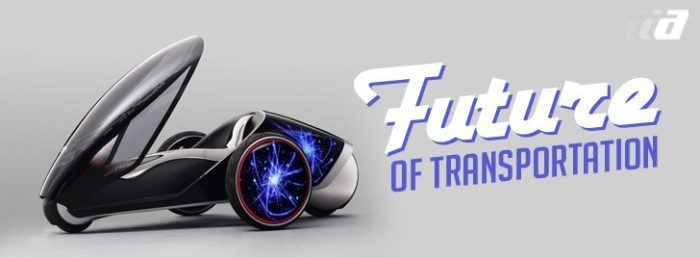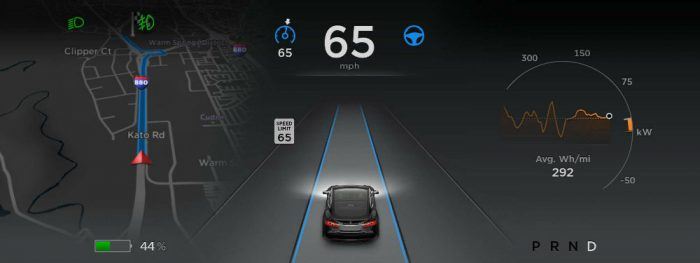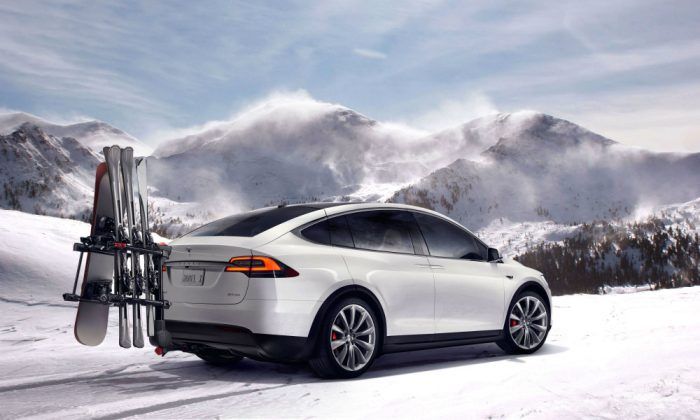Originally appeared on Automoblog.net
In the discussions surrounding autonomous vehicles, safety is often the first concern. Invariably, the concern is that self-driving cars would create risks and hazards otherwise minimized by superior human pilots.
Rarely do car crashes, even fatal ones, make headlines anymore. But when a crash happens under Tesla autopilot, then there is a story.
Rolling Rescue
Joshua Neally of Branson, Missouri was essentially rescued by his new Tesla Model X. Neally was on his way home when he began experiencing excruciating pain in his chest and abdomen from what he learned was a pulmonary embolism. His acute condition rendered him incapable of driving, although he had enough wherewithal to put his car in autopilot and set the nearest hospital as the destination. He drove the last little bit because of current limitations on the technology, but he got there.
The conclusion? Tesla’s autopilot saved his life.
Assistance Versus Autonomous
Currently, Tesla’s autopilot feature is designed as an aid to drivers but does require engagement and interaction. Eventually, the expectation is that cars will drive themselves but the technology is still in “open beta.” This means it’s in development, but still available to the public as it evolves. Autopilot works using a combination of radar, cameras, and ultrasonic sensors with digitally controlled brakes and high-precision GPS. The radar and camera point forward and guide the car within the lines of the road, initiating braking and evasive steering when needed.
Tesla is very insistent through disclaimers and consistent media relations about how autopilot is meant to assist drivers, not to be used as a fully autonomous substitute for driving. They refer to the technology as ADAS or Advanced Driver Assistance System, but emphasize that drivers must interact and are ultimately in control of the vehicle. The fatal crashes happen when people are completely disengaged from the driving process. Tesla also points to the fact that autopilot crashes have occurred at half the rate of human piloted cars when compared mile for mile.
Is this then, a case for fully autonomous driving?
All Tesla models currently sold have autopilot as an available, $4,000 feature. Drivers are advised to only use it when on the freeway. There the system will maintain speed with the flow of traffic, change lanes when the blinker is engaged, monitor surrounding traffic and obstacles, and adjust accordingly.
However, you must periodically tap the steering wheel to prove you are alert.
Personal Transport
Autopilot is not a full-blown chauffeur, but it is capable being summoned and can even self-park. This feature allows the owner to use a smartphone app to summon the vehicle. The car then opens and closes the garage door using WiFi and drives itself to the owner. It can also drop the owner off and go park itself, again opening and closing the garage. Range is limited now, but it’s expected to be expanded to the point that a car could be summoned from across the country.
Obviously the fatal autopilot crashes will get the headlines until this technology becomes widely adopted and passe. It isn’t without risk to allow robots, no matter how smart, to take control of your life. But even at this early stage, statistics show that Tesla’s autopilot is safer than human drivers. It doesn’t fatigue like we mortals do, nor is it distracted by sights, smartphones, spilled coffee, or any other driving eventualities.
But until the technology becomes “normal” it will still scare some away.
Motoring Money Maker
As amazing as this technology is, it is just the beginning. Again, it’s beta. What’s really exciting is the potential just over the horizon. Elon Musk envisions a point where your car drops you off, then heads to work as an Uber style vehicle. The car would pick up fares, take them to their destination, and take the payments with its built-in computer system. It could also find charging stations and wirelessly charge before venturing off to make more money. This is not only an exciting way to make passive income, but on a larger scale, this helps reduce parking issues all while driving emissions free. With over-the-air communication, the cars would be able to talk with each other and share a hive mentality. Fleets of cars would then work together to avoid bad routes and traffic jams while collectively learning from each other.
These are simply the early stages, and like all technologies, they get better with each iteration and advancement. Some fear the rise of the robot car, but I sense a brave new world of clean transportation that’s more personalized and nimble than anything we’ve ever seen.
*Jerry Mooney is a Language and Communications Professor at the College of Idaho and the author of History Yoghurt & the Moon. Follow him on Twitter: @JerryMooney
Photos & Video: Tesla Motors
http://www.automoblog.net/2016/08/13/tesla-autopilot-pulmonary-embolisms-passive-income/



No comments:
Post a Comment